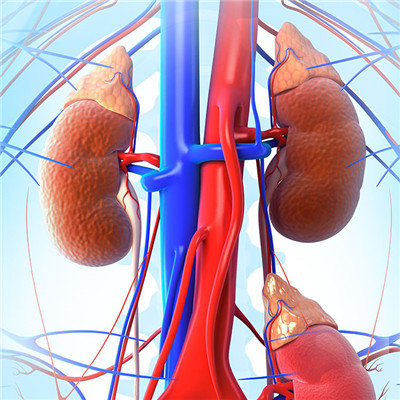Symptoms and signs of tuberculous peritonitis
summary
Tuberculous peritonitis is a chronic diffuse peritoneal infection caused by Mycobacterium tuberculosis. In our country, although the prevalence rate of this disease is significantly lower than that in the early days of liberation, it is still not uncommon. The disease can be seen at any age, most of them are young and middle-aged, and most of them are female. The ratio of male to female is about 1:2. The clinical manifestations of tuberculous peritonitis vary with the pathological types and body reactivity. Generally, the onset is slow and the early symptoms are mild; A few patients had a sudden onset, with acute abdominal pain or sudden high fever as the main manifestation; Sometimes onset insidious, no obvious symptoms, only because the disease has nothing to do with the abdominal disease in the operation into the abdominal cavity, was accidentally found. The common clinical manifestations of tuberculous peritonitis include the following aspects
Symptoms and signs of tuberculous peritonitis
Systemic symptoms: tuberculosis toxemia is common, mainly fever and night sweats. Low fever and moderate fever are the most common types of fever. About 1 / 3 of the patients have flaccid fever, and a small number of them can show persistent fever.

Abdominal pain: early abdominal pain is not obvious, later can appear persistent dull pain or dull pain, also can always have no abdominal pain. Most of the pain is in the umbilicus, lower abdomen, sometimes in the whole abdomen.

Abdominal palpation: abdominal wall flexibility is a manifestation of mild stimulation or chronic inflammation of peritoneum, which is a common sign of tuberculous peritonitis. Abdominal tenderness is generally mild; A small number of severe tenderness, and rebound pain, common in caseous tuberculous peritonitis.

matters needing attention
The above treatment experience only provides certain treatment experience suggestions for the people who are interested, but it is not recommended that patients operate on their own, especially when some drugs are used under the guidance of doctors.











